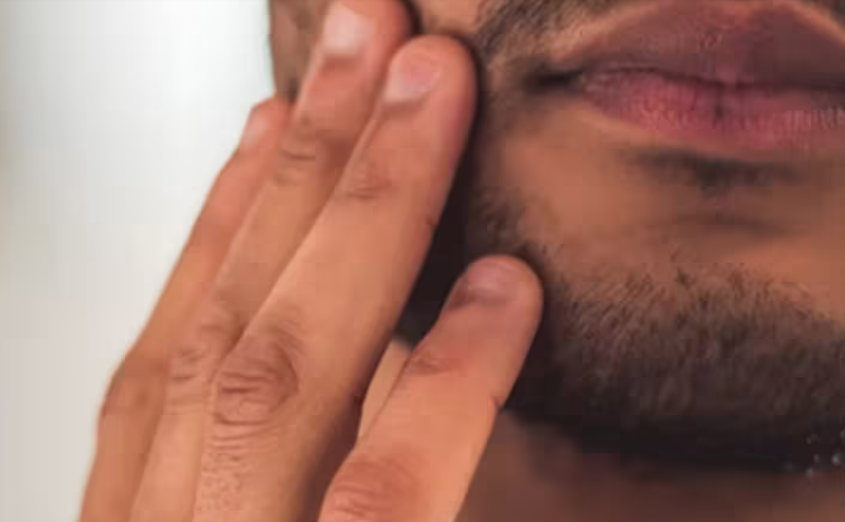Ingrown hairs are a common problem, especially for men who shave regularly. They occur when hair grows back into the skin instead of out, causing redness, bumps, and irritation. While ingrown hairs are usually harmless, they can be uncomfortable and unsightly. This guide explains what ingrown hair is, why it happens, and how to prevent it.

What Causes Ingrown Hair?
- Curly or Coarse Hair: Naturally curls back into the skin.
- Shaving Too Closely: Shaving against the grain or using a dull razor can trigger ingrown hairs.
- Clogged Pores: Dead skin cells block hair from growing out naturally.
How to Identify Ingrown Hair
Look for:
- Small, raised bumps
- Redness and inflammation
- Itchiness or tenderness
- Pus-filled spots in severe cases
Question: How can you tell if it’s an ingrown hair or acne? Ingrown hairs often have a visible hair trapped under the skin, while acne is caused by blocked pores.
Prevention Tips for Ingrown Hair
- Exfoliate Regularly: Removes dead skin and frees trapped hairs.
- Use Proper Shaving Techniques: Shave in the direction of hair growth with a sharp razor.
- Moisturize: Soft skin reduces the risk of irritation.
- Avoid Tight Clothing: Reduces friction on areas prone to ingrown hairs.
How to Treat Ingrown Hair
- Warm Compress: Brings hair closer to the surface.
- Gently Lift Hair: Use clean tweezers if visible—never dig into the skin.
- Topical Treatments: Salicylic acid or glycolic acid creams reduce inflammation and prevent infection.
Extra Tips for Sensitive Skin
- Switch to a razor for sensitive skin Smartshave sensitive razors
- Avoid shaving too frequently in high-risk areas
Conclusion:
Ingrown hairs can be avoided with proper shaving techniques, regular exfoliation, and the right products. Keep your skin smooth, healthy, and irritation-free with consistent grooming habits.
